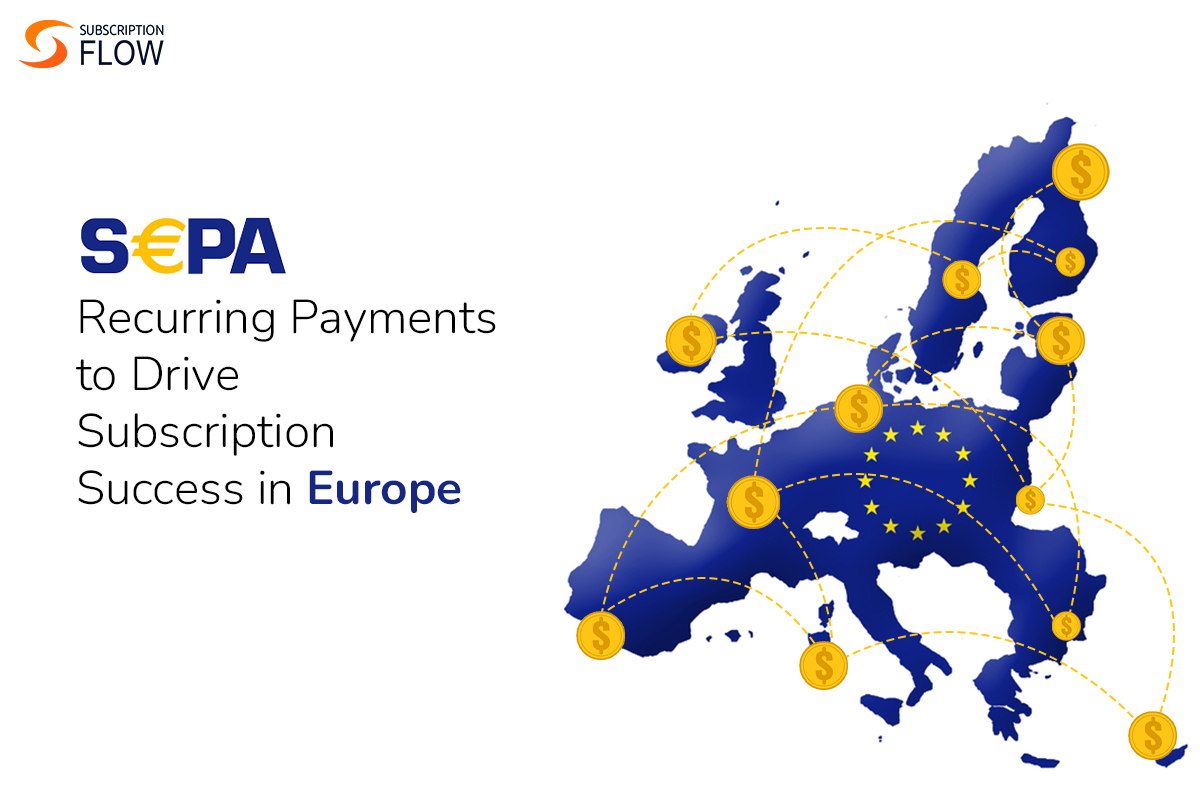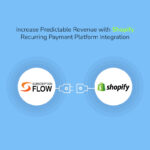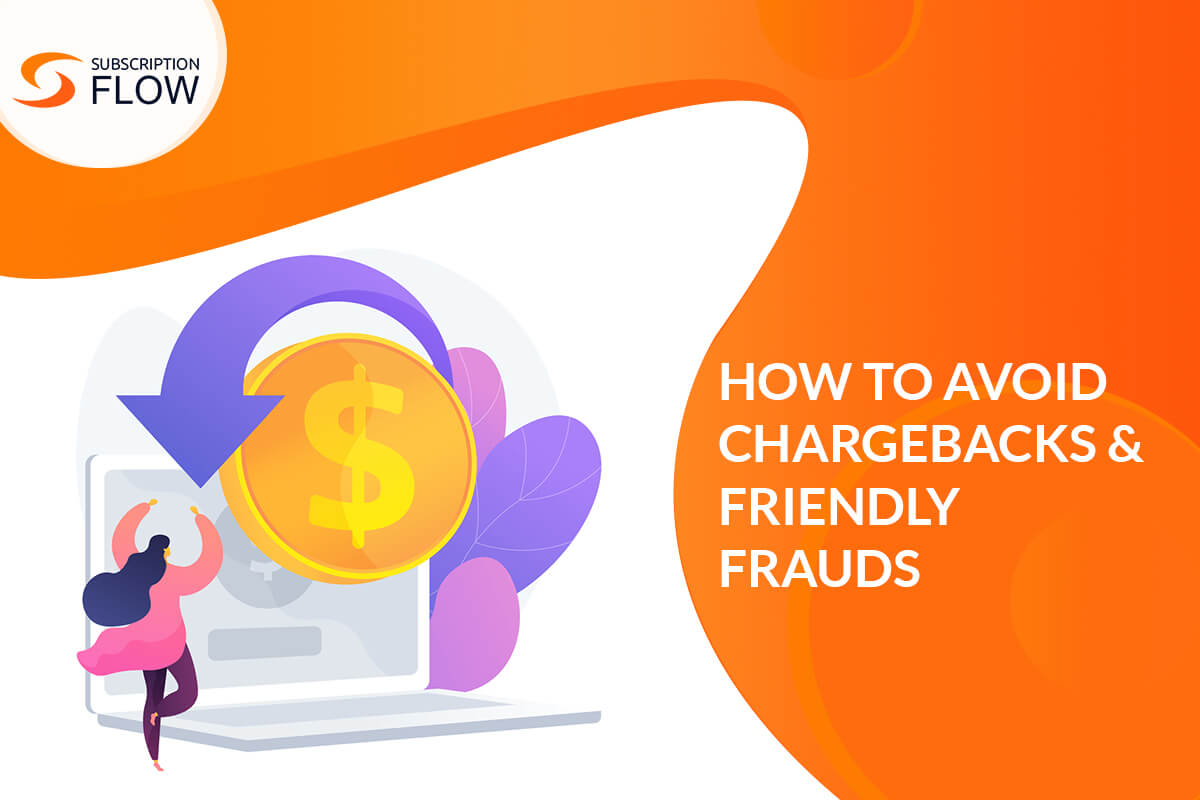
How SEPA Recurring Payments Revolutionize the European Market
Do you know fintech wizards call Europe a single market while treating the countries of other wealthy continents like Asia and North America differently? This is because of the European Union, and in particular because of Brussels’ efforts to turn the continent into one single market. Such a continent-spanning project of turning Europe into a “single Euro payments area—SEPA” is only made possible with initiatives like introducing a common currency (euro), having visa-free travel within most states of the continent, and lifting all trade barriers within member states.
In this blog, we will delve deeper into how SEPA recurring payments work. We will look at how homogenous a marketplace is in making transactions through SEPA euro payments. In doing so, we will also interrogate how, despite Brussels’ efforts to flatten all continent-wide differences into a single free-flowing market, recurring payments within SEPA are not a one-size-fits-all solution for businesses that intend on exclusively operating within Europe.
In what countries do SEPA recurring payments work?
The SEPA payment method works in 36 countries (both EU and non-EU members). These countries are as follows (in alphabetical order):
EU Countries:
- Austria
- Belgium
- Bulgaria
- Croatia
- Cyprus
- Czech Republic
- Denmark
- Estonia
- Finland
- France
- Germany
- Greece
- Hungary
- Ireland
- Italy
- Latvia
- Lithuania
- Luxembourg
- Malta
- Netherlands
- Poland
- Portugal
- Romania
- Slovakia
- Slovenia
- Spain
- Sweden
Non-EU European Countries
- Iceland
- Liechtenstein
- Norway
- Switzerland
- United Kingdom (including Gibraltar)
- Andorra
- Monaco
- San Marino
- Vatican City
If you wish to conduct business in any of these countries, you will be well advised to understand how exactly SEPA recurring payments work.
How exactly do SEPA recurring payments work?
In short: the SEPA payment method allows for payments made in Euro to be transferred from the bank account of the end consumer into the merchant account of the business whose product or service is being subscribed to. This is a process that needs the customer’s explicit approval. Once that has been given, payments are made from the customer’s account and transferred to the merchant account of the business using SEPA’s safe and efficient payment infrastructure.
How do SEPA euro payments create a single market in the continent?
After understanding how SEPA recurring payments work, let us now delve deeper into understanding how SEPA creates a common market in Europe for all businesses.
SEPA creates a common market in Europe for all businesses by implementing financial frameworks that standardize the disparate ways of making payments across countries. Having such a coherent superstructure makes it easy for businesses to cut through the excessive red tape of lopping across countries.
Following are the positives of SEPA recurring payments:
1. Easy for the buyer
Having a clunky payment processing stage makes cart abandonment very likely. This is why SEPA’s easy payment processing features across borders makes it simpler for a customer in Latvia to buy online from a business in Spain without facing any added hassle. The continued offering of such easy payment adds to the loyalty of the customer as a they are more likely to return to a business with which they had a safe and efficient payment processing experience.
2. Saves up on operating costs
Since SEPA lowers the added fee that payment processing companies usually charge for cross-country payments, SEPA recurring payments significantly reduce the cost of conducting business transactions across the continent. Just imagine: with SEPA, you have access to nearly all the 500 million Europeans who live on the continent! And unlike the Asian continent, there are also not going to be any insane tariffs or charges to pay for you to make cross-border payments.
3. Improves the flow of cash
Cashflows are nonnegotiable for subscription businesses to flower. This is why having SEPA streamline all payment flow makes Europe an enviable destination for businesses to conduct their business instead of setting up in other locations. For this very reason businesses in Europe thrive!
Understanding the limits of SEPA euro payments and how a subscription management solution can help
While SEPA’s streamlining of payment processing across the continent is great, this homogeneity still cannot account for the difference in payment methods that people prefer in different countries. For example, people in Italy may prefer making payments annually while those in France may prefer making monthly payments. To account for these differences in billing, you will need a subscription management solution like SubscriptionFlow that offers both these recurring billing solutions and also handles payments made via SEPA to ensure that your payments are made as seamlessly as possible across all of Europe.
Similarly, while SEPA has its benefits, it does require businesses to invest in a robust payment processing infrastructure that small to medium-sized businesses may not be able to afford—including businesses operating primarily in the poorer markets of Eastern Europe. This is why you will need other, cheaper ways of handling payments which is where SubscriptionFlow comes in. SubscriptionFlow easily integrates with a variety of payment gateways and offers multiple ways of making payments like SEPA, bank transfer, etc. making it an ideal bundle for those looking to have their subscription management automated.
Bottom line
SEPA is great—it was set up to streamline payments across the European continent to ensure that conducting business between these 36 countries is easy and hassle-free. It has enormous benefits like making business cheaper, improving cash flows, and making the purchase process simpler for the buyer.
That said, SEPA does have some blind spots which are easily fixed by offering multiple payment options. To handle all these payment options, you will need a robust subscription management solution like SubscriptionFlow. Book a demo with SubscriptionFlow now and embark on your journey to take Europe’s market by storm!










